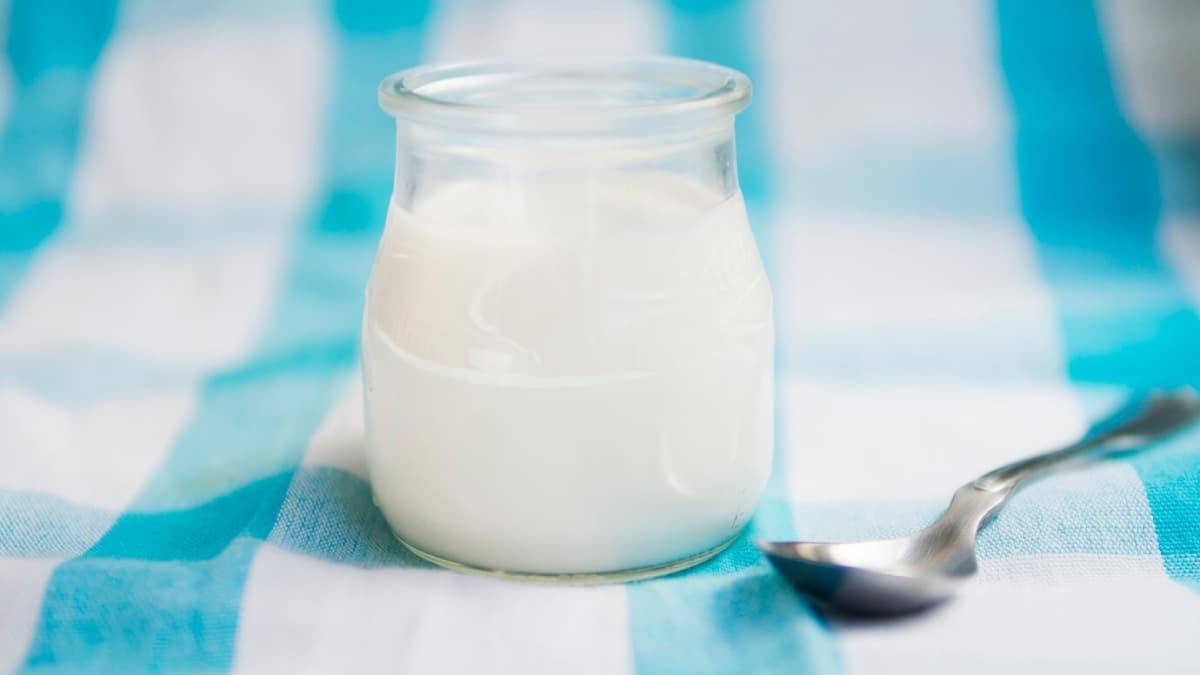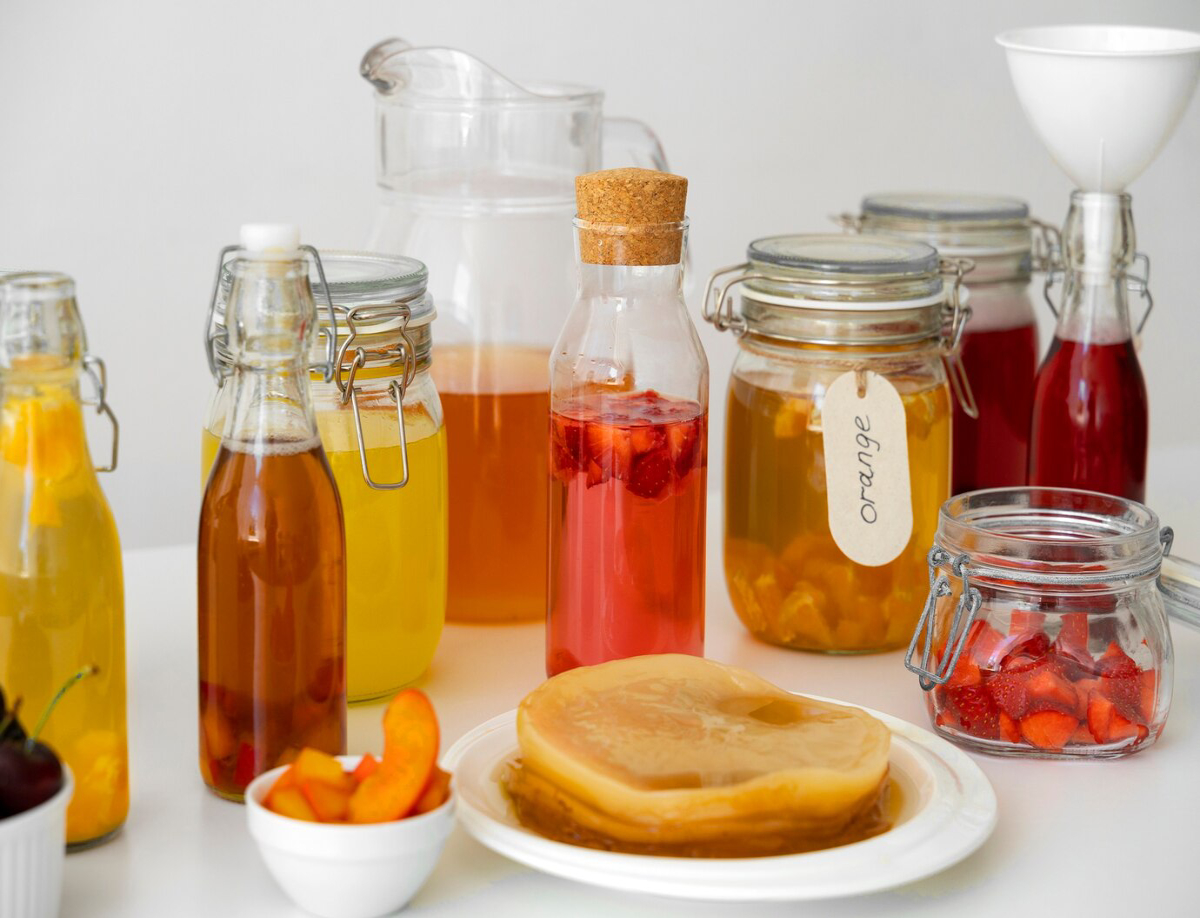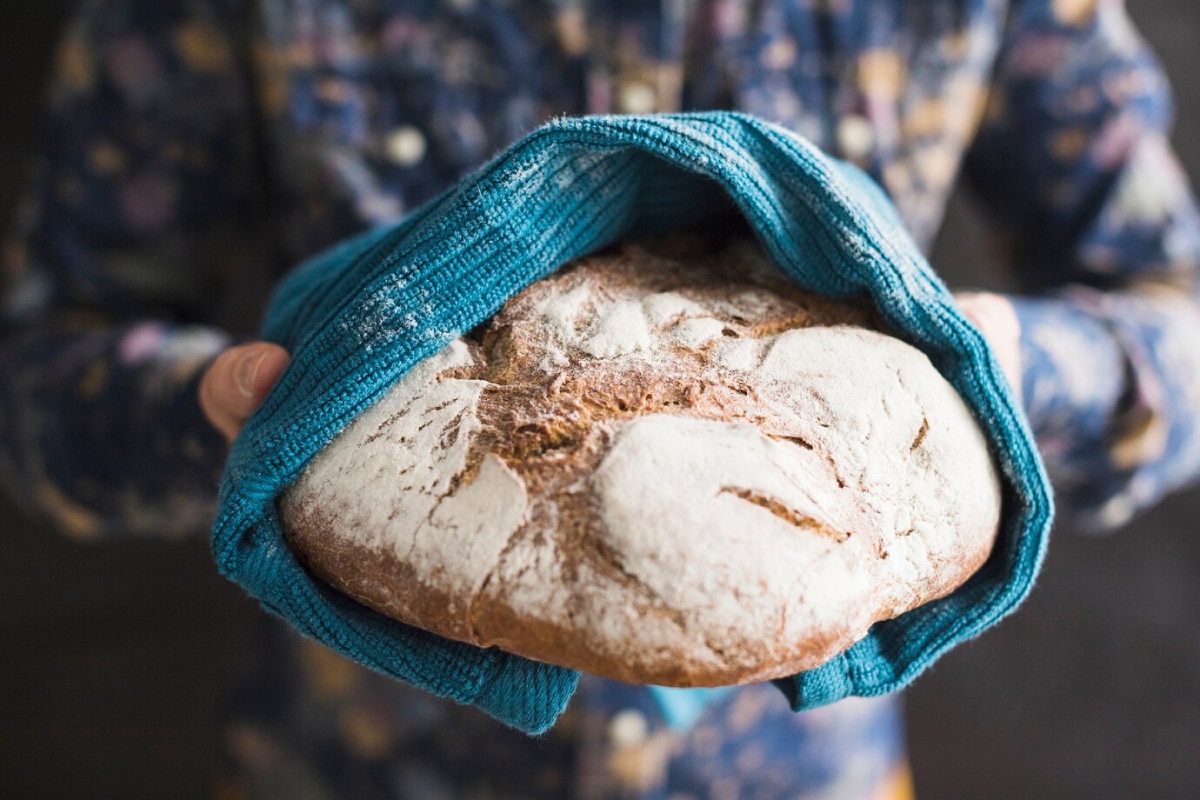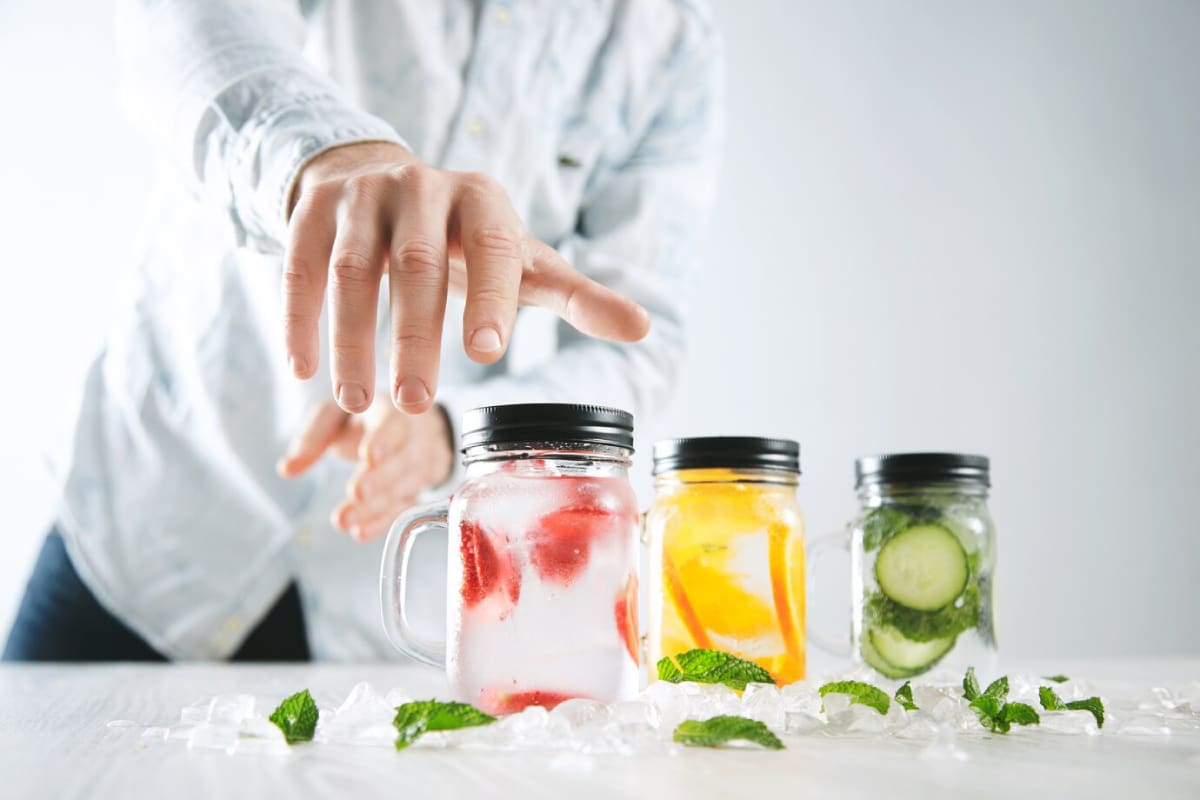
Crafting Easy Water Kefir for a Light and Probiotic Beverage
Ever wish there were a fizzy drink that was good for your gut, easy to make, and totally customisable? Say hello to water kefir—a slightly sweet, naturally carbonated beverage that’s packed with probiotics and made using just water, sugar, and live cultures.
Unlike dairy-based kefir, sugar water kefir is vegan-friendly, caffeine-free, and remarkably simple to brew at home. It’s a brilliant way to ditch sugary sodas while still enjoying something sparkling and refreshing. Whether you’re on a gut-health journey or just love playing kitchen alchemist, this beginner-friendly guide will walk you through every step of water kefir fermentation.
From feeding your grains to flavouring your final drink, you’ll gain all the know-how needed to start brewing confidently. We’ll also explore flavour ideas, benefits, troubleshooting tips, and real stories from everyday brewers.
Let’s bottle up some bubbly goodness!
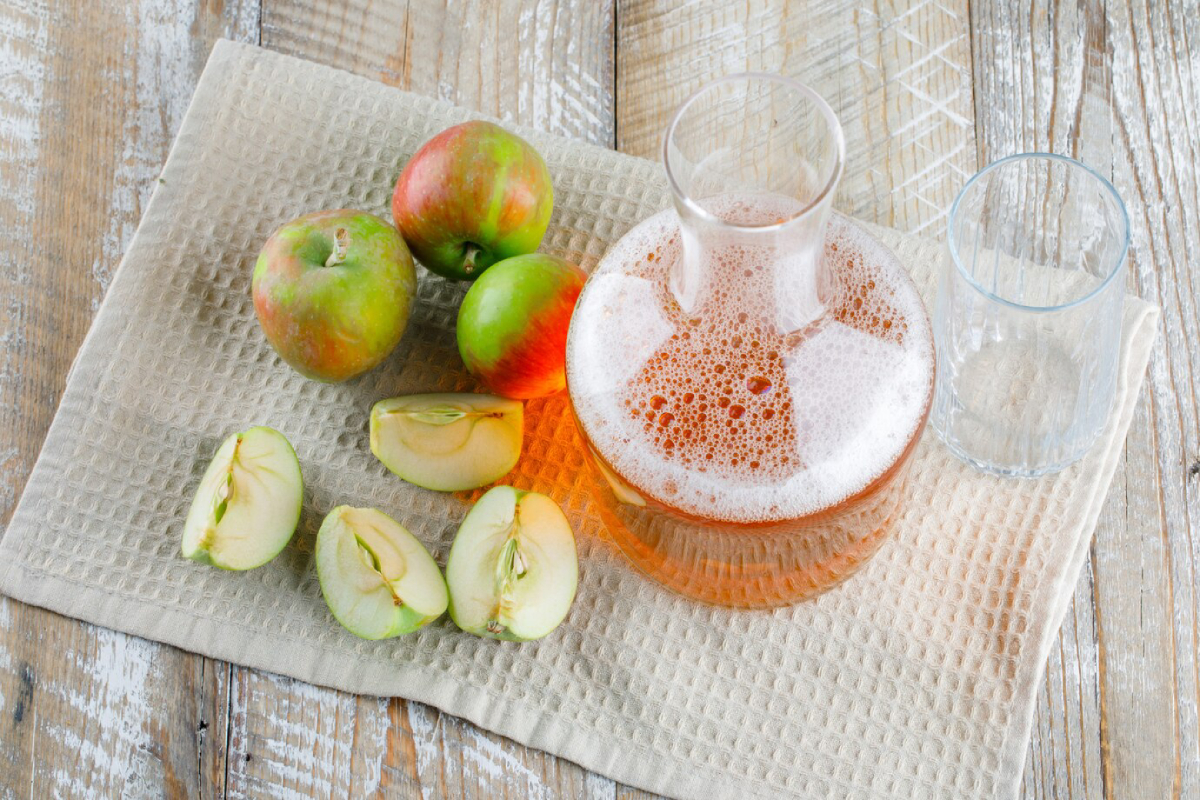
What Is Water Kefir?
A Simple Explanation
Water kefir is a fermented drink made using water kefir grains, which are clusters of bacteria and yeast that feed on sugar to produce lactic acid, carbon dioxide, and beneficial probiotics.
Water Kefir vs. Milk Kefir
- No dairy involved—perfect for vegans
- Much milder in taste
- Quicker fermentation time (24–48 hours)
- Naturally fizzy and refreshing
Why It’s Gaining Popularity
- Easy to make at home
- Customisable with fruits, herbs, and spices
- Low in sugar and calories
- Probiotic-rich alternative to soft drinks
Curious about other fizzy ferments? Read Fermented Ginger Beer Without Alcohol
Health Benefits of Water Kefir
1. Probiotic Power
Water kefir contains multiple strains of beneficial bacteria and yeasts that can support digestive health and immunity.
2. Improved Digestion
Regular consumption may help ease bloating, irregularity, and indigestion.
3. Sugar Reduction
Though made with sugar, most of it is consumed during fermentation, resulting in a low-sugar final product.
4. Hydration with a Twist
Unlike many commercial sodas, water kefir hydrates with added functional benefits.
What You’ll Need to Get Started
Equipment:
- 1-litre wide-mouth glass jar
- Plastic or wooden spoon (no metal on grains)
- Fine mesh plastic strainer
- Muslin cloth or paper towel + rubber band
- Swing-top bottles for second ferment
Ingredients:
- 1 tablespoon water kefir grains
- 1 litre filtered, dechlorinated water
- 3 tablespoons white sugar (or organic cane sugar)
- Optional: pinch of baking soda or molasses (mineral boost)
Tip: Avoid metal utensils or lids—they can harm the kefir grains.
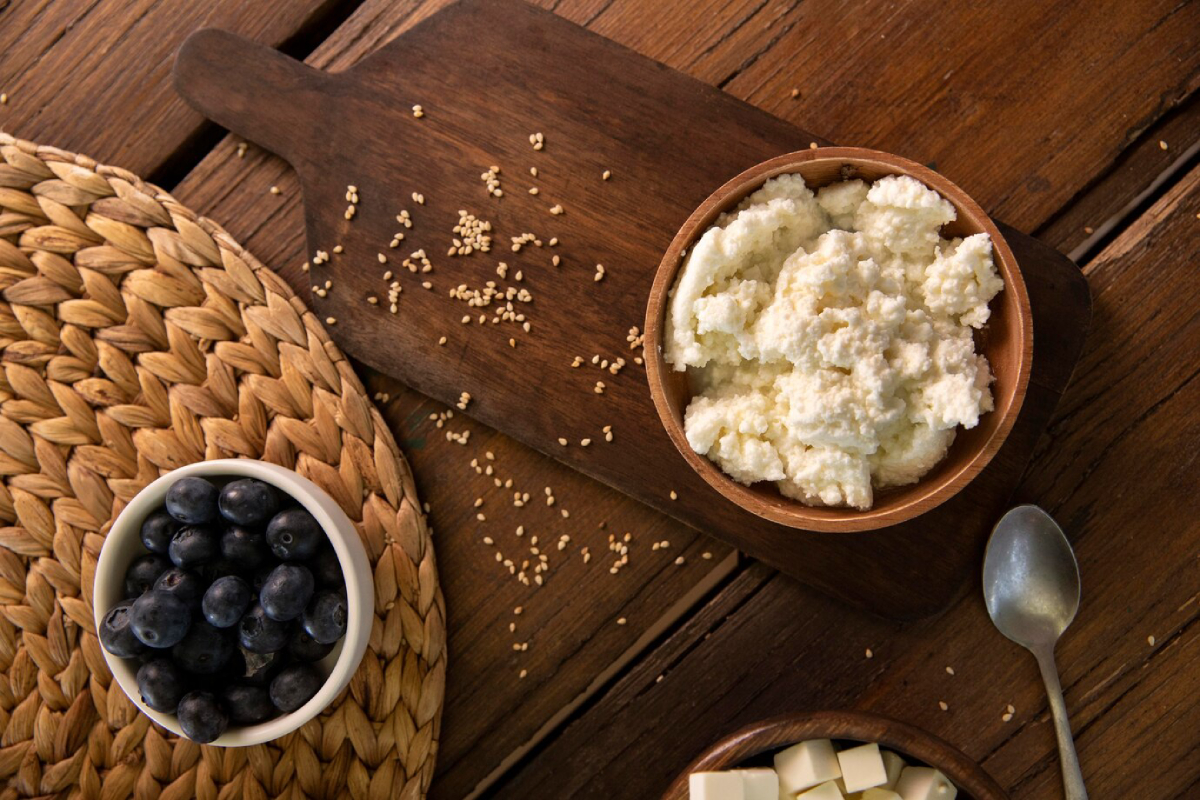
Water Kefir Fermentation
First Ferment (24–48 Hours)
- Dissolve 3 tbsp sugar in 1 litre filtered water.
- Add water kefir grains.
- Optional: Add a slice of lemon or a dried fig (for flavour/minerals).
- Cover with cloth and secure.
- Leave at room temp (20–25°C) for 1–2 days.
- Taste test: should be mildly sweet and slightly tangy.
Strain and Bottle
- Strain liquid into another container using a plastic sieve.
- Reserve grains for your next batch.
- Pour liquid into flip-top bottles.
Second Ferment (Optional, 1–3 Days)
- Add flavourings to bottles: fruit juice, herbs, dried fruit, etc.
- Seal and leave at room temp to carbonate.
- Chill and serve once desired fizz is achieved.
Note: Always open bottles slowly and over the sink. Pressure builds quickly!
Flavour Ideas for Second Fermentation
Fruity:
- Raspberry + lime
- Pineapple + mint
- Strawberry + basil
Citrus:
- Orange + ginger
- Lemon + lavender
- Grapefruit + rosemary
Spiced:
- Cinnamon + apple
- Cardamom + pear
- Clove + cranberry
Bonus Tip: Add flavour, ferment 2 days, then strain out solids before chilling.
How to Care for Your Kefir Grains
- Feed regularly: Every 24–48 hours
- Use mineral-rich sugar: Add molasses or a pinch of salt if needed
- Store grains: In sugar water in the fridge (for up to 3 weeks)
- Don’t freeze or expose to metal
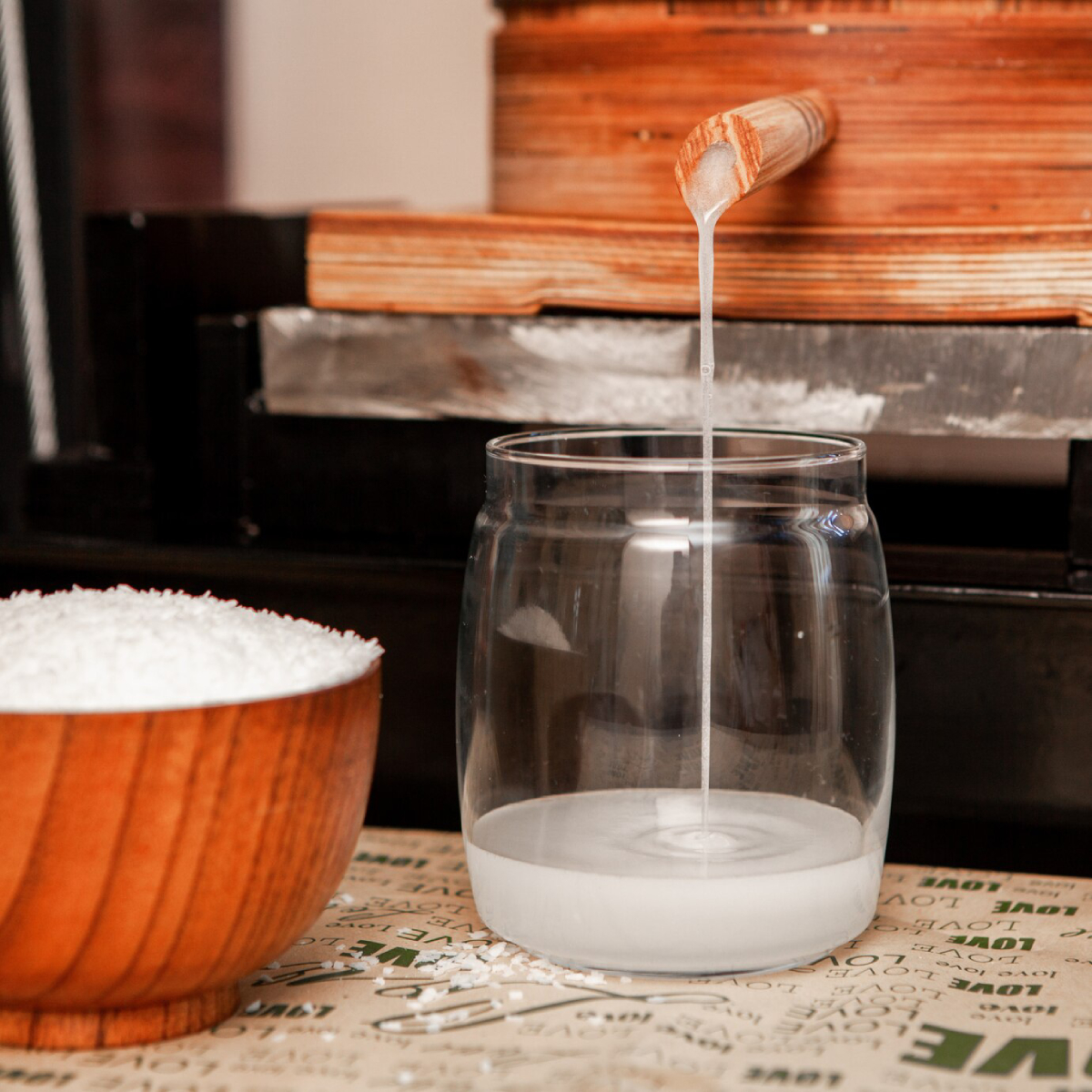
Real-Life Stories: Why People Love Water Kefir
“My Kids Love It More Than Soda” “Once I started adding mango or pineapple, they were hooked. And I feel good knowing they’re drinking something with probiotics.” — Samira, 35, Birmingham
“It Helped Me Kick My Sugar Habit” “I used to reach for cola every afternoon. Now, I brew kefir with lemon and ginger—it hits the same craving without the crash.” — Ben, 41, Leeds
“My Gut Health Has Never Been Better” “Water kefir is now part of my morning ritual. I feel less bloated, and my digestion is more regular. It’s made a real difference.” — Aditi, 29, Manchester
Common FAQs About Water Kefir
Is it alcoholic?
Slightly—usually below 0.5%, so considered non-alcoholic.
What if it’s not fizzy?
Try:
- Adding a little extra sugar or fruit in second ferment
- Ensuring bottles are sealed tight
- Letting it sit a day longer
How long does it last?
Refrigerated, it keeps for 1–2 weeks. Flavour may continue to evolve.
Can I use coconut water?
Yes! Coconut water kefir is delicious and extra hydrating.
Troubleshooting: When Things Get Funky
- No bubbles? Grains may need more time or minerals.
- Too sour? Fermented too long—drink sooner next time.
- Cloudy or yeasty smell? Usually normal! Trust your nose.
- Mould? Uncommon, but if fuzzy or coloured—discard immediately.
Learn how to protect your ferments in How to Keep Your Ferments Mold-Free
Brewing Tips for Beginners
- Start small—don’t overwhelm yourself.
- Keep notes—jot down timing, flavour combos, and observations.
- Taste test—daily sips help learn when it’s “just right.”
- Be consistent—ferments love routine.
- Use the right water—chlorine kills microbes. Always filter.
Sip, Smile, Repeat
Making your own sugar water kefir is an empowering act of health and creativity. From the moment those grains hit sweet water, you’re crafting something alive—rich with microbes, packed with fizz, and bursting with personal flair.
Whether you’re drawn in by the kefir drink benefits, trying to replace sugary sodas, or just curious about natural fermentation, this fizzy friend is a wonderful entry point into the world of DIY probiotic drinks.
So go ahead—feed your grains, flavour your bottles, and start a new wellness habit you’ll actually enjoy.
Have a favourite flavour combo or a beginner’s tip to share? Drop it in the comments! Let’s make the bubbly magic together.
